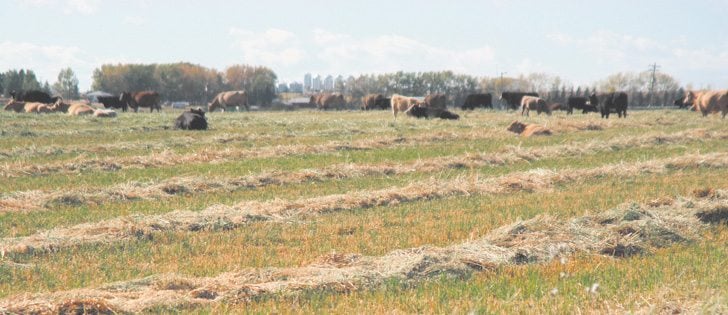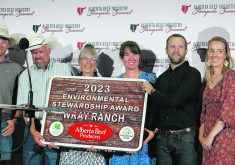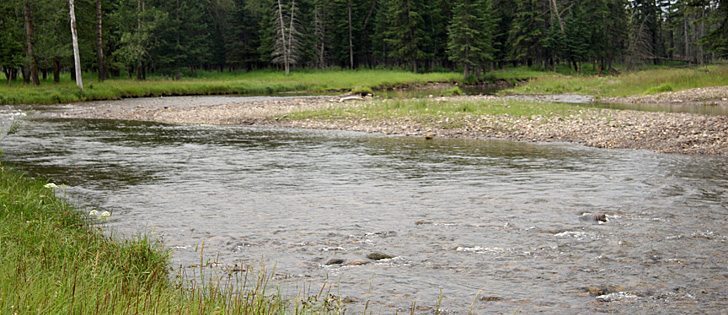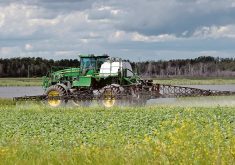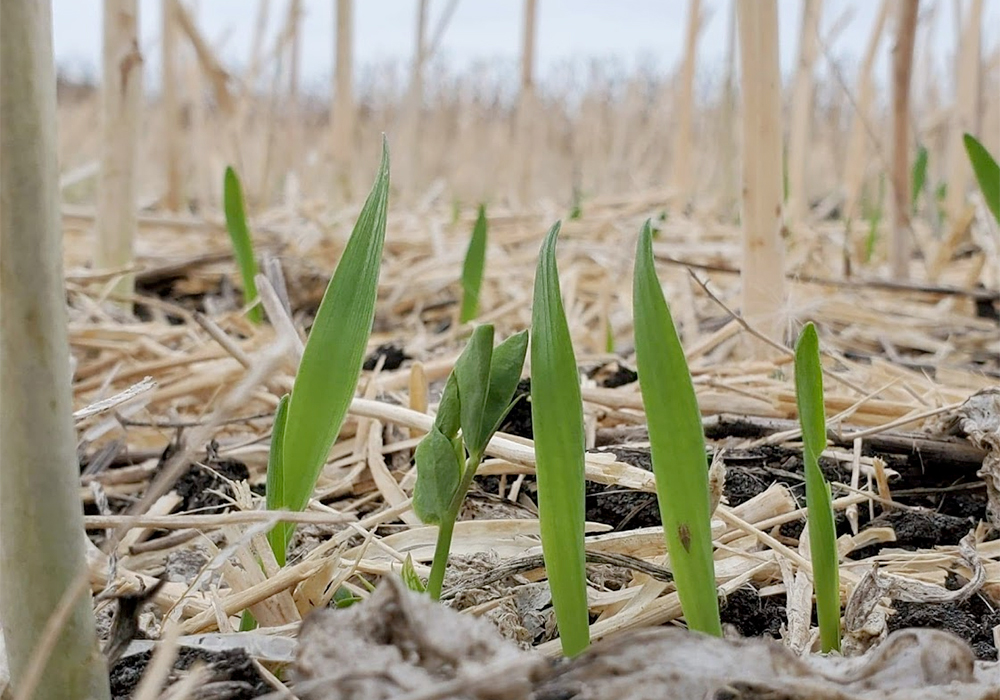Life cycle analysis | Among recommended management practices is use of ionophores in roughage diets to improve digestion
Reducing the Alberta beef industry’s environmental hoofprint may be easier said than done.
Alberta Agriculture, commodity groups and scientists recently conducted a two-phase study that evaluated the environmental impact and possible benefits of certain practices to reduce greenhouse gas emissions.
Many livestock groups promote best management practices. Benefits include improved animal health and better soil quality, but the environmental improvements were not always obvious.
“We thought some of the things that would have an obvious impact, like composting, did not pan out as well as we thought it would,” said Don Brown, executive director of Alberta Agriculture’s economics and competitiveness division.
Read Also

The Western Producer Livestock Report – November 6, 2025
Western Producer Livestock Report for November 6, 2025. See U.S. & Canadian hog prices, Canadian bison & lamb market data and sales insights.
The results were posted last year and are intended as a guide rather than a must do list.
Making improvements cannot be standardized because producers work in different environmental conditions.
“It became abundantly clear to us there wasn’t one way of raising beef in Alberta,” he said. “There are hundreds of ways of raising beef and each farmer has his own preferred way of doing it.”
The study looked at environmental impacts on the farm from the time calves are born until they are sold to the slaughter plant. It examined the costs and impacts of grazing, feed production and delivery, as well as other common farm practices such as manure disposal.
Beneficial practices such as swath grazing, pasture rotation, composting and improving feed efficiency were measured to assess their contributions to reducing harmful emissions.
Known as a life cycle analysis, the study was the first of its kind for the beef industry in North America. A life cycle analysis is used to quantify and improve environmental performance of products and production systems. It has been used in the energy industry.
The first phase, completed in 2010, estimated the carbon footprint and environmental impacts on air, water and soil as well as non-renewable energy consumption.
Phase two was completed in 2011 with a cost benefit assessment of various practices to reduce greenhouse gas emissions.
The study determined that beef produces 14.5 kilograms of carbon dioxide equivalent per kilogram of beef for the entire calf crop. About half of emissions came from cattle burping and flatulence.
Another 18.6 percent comes from on-farm energy consumption, mostly the burning of diesel fuel.
Nitrous oxide emissions from soil and manure were measured at 16.3 percent while forage and cereal production activities contribute 8.8 percent of emissions.
The study recommended five best management practices to reduce greenhouse gas emissions:
- fewer days on feed
- use of ionophores in roughage diets to improve digestion
- swath grazing
- growth promotants in the last 28 days of the animal’s life
- selection of feed efficient sires
The practices of using stockpiled forage and composting did not reduce greenhouse gases.
However, using ionophores, swath grazing and feed efficient animals seemed to reduce gases but did not offer a significant economic benefit, Brown said.
For example, following the fewer days on feed recommendation provided a benefit of only $56 million to the industry.
“With the scale of the Alberta industry, that benefit was not going to make or break too many people,” he said.
Swath grazing showed lower greenhouse gas emissions because less fuel is burned delivering feed to the animals. However, many have adopted it because it saves time and labour because the cattle find their own feed rather than wait for it to be delivered.
To see the full report, visit www1.agric.gov.ab.ca/$department/deptdocs.nsf/all/econ13692.


